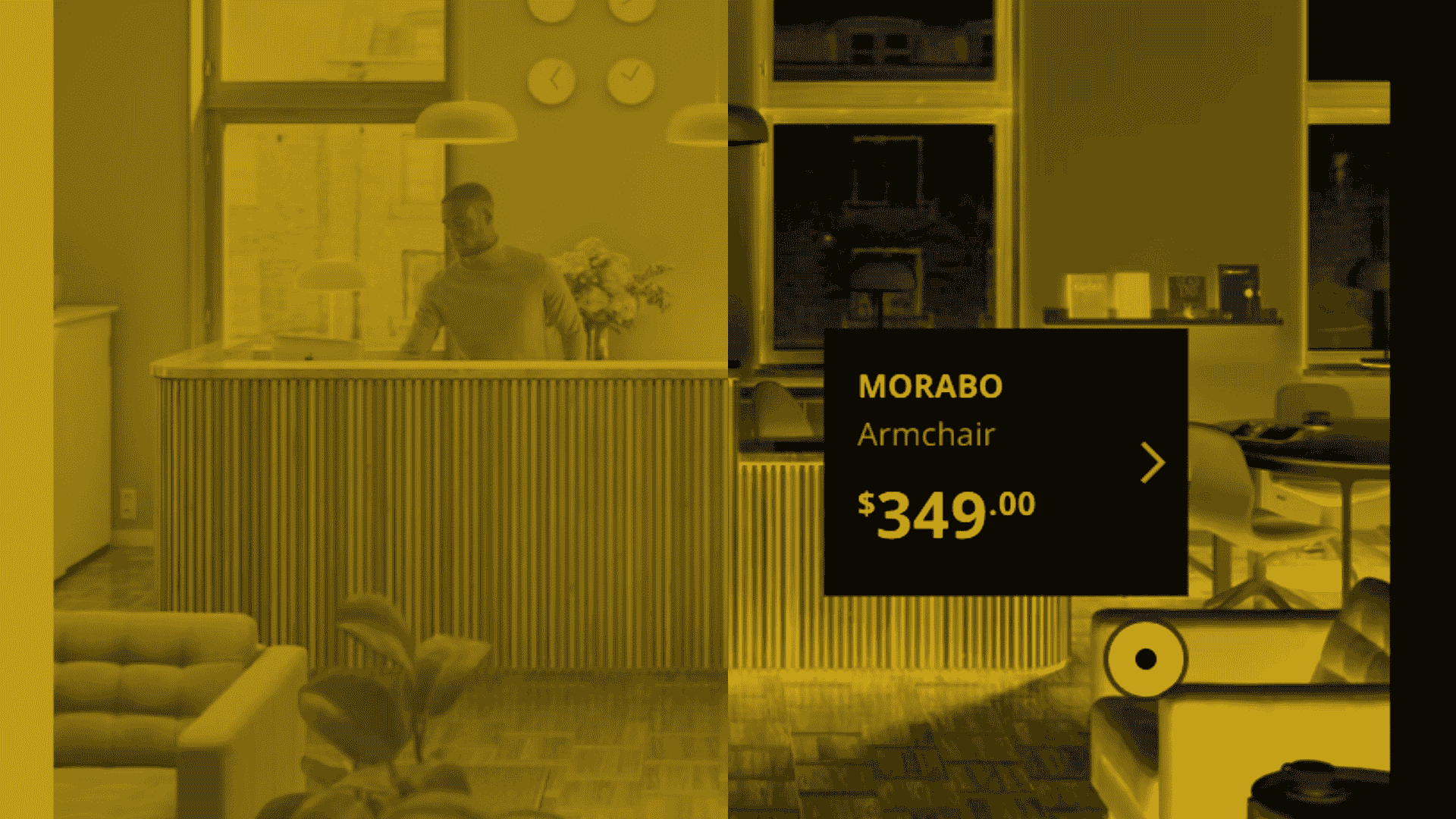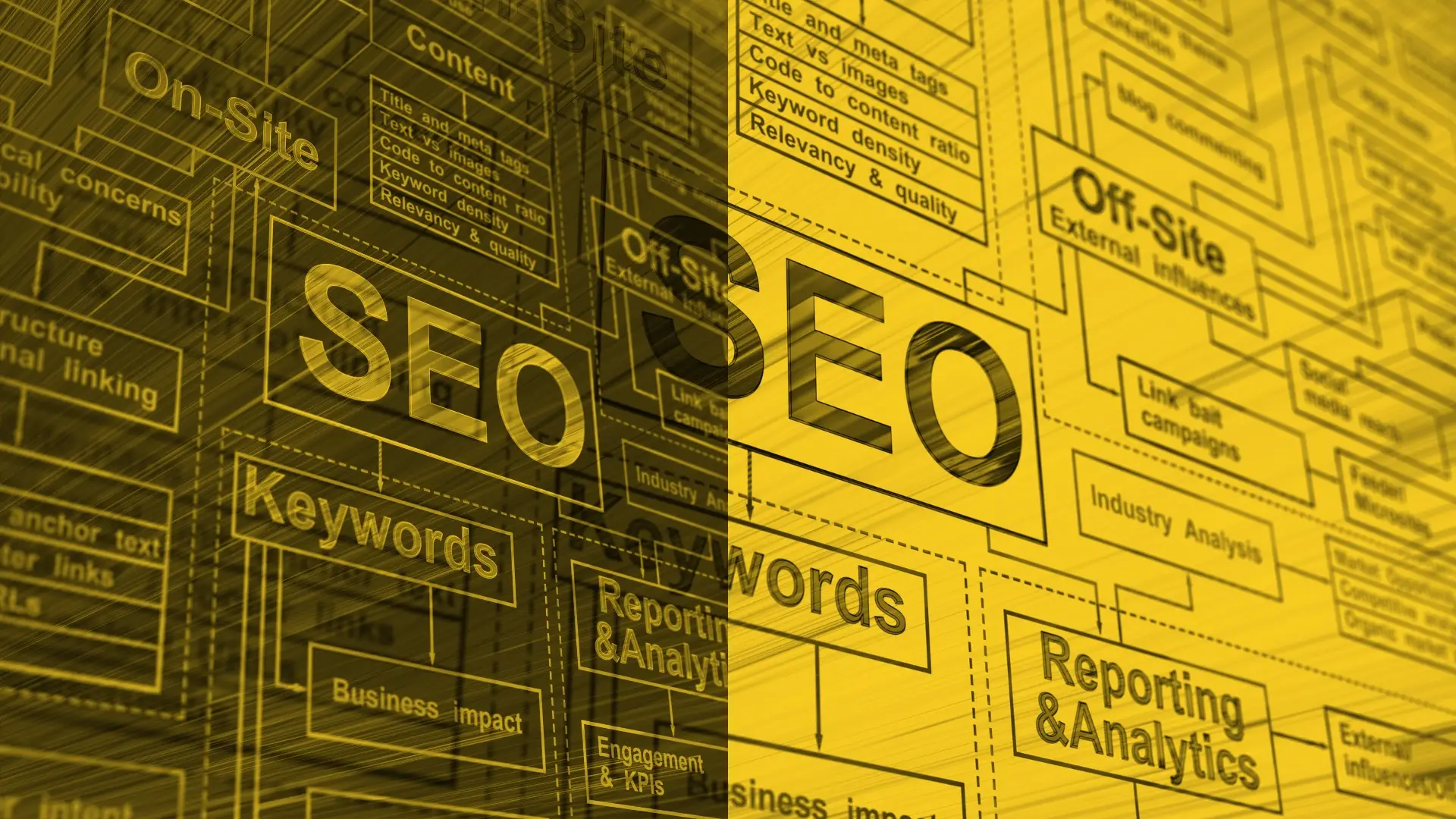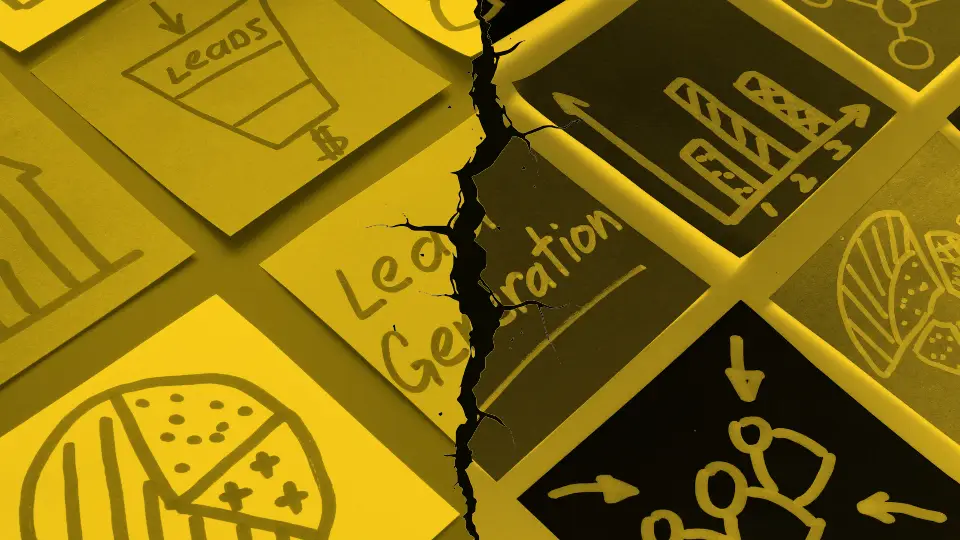How Lowe’s 2.5% Conversion Rate and IKEA’s 1.7% Surge Prove Education Drives Sales
Ever walked into a Home Depot and realized you’d rather ask their orange-aproned experts than Google “how to fix a leaky faucet”?
Here’s why: Last quarter, Home Depot customers who attended just one free DIY workshop spent 3.2x more than non-attendees.
But this isn’t about hardware stores–it’s about the $6.2 trillion retail sector’s hidden conversion lever.
When IKEA launched its “How to Design Small Spaces” guides, their online conversion rate jumped to 1.7% — nearly double the home goods industry average.
The pattern holds across categories:
Beauty: Sephora clients who complete three Beauty Insider classes have a 34% higher lifetime value
Home Goods: 68% of Home Depot’s millennial shoppers cite their DIY video tutorials as the deciding factor in purchase decisions
Furniture: IKEA’s in-store planning workshops now influence 41% of sofa purchases in urban markets
The psychological mechanism?
Educational content creates what neuroscientists call “effort justification” — when consumers invest time learning your methods, they subconsciously justify future purchases from your brand.
But there’s a retail-specific twist:
Brick-and-mortar chains combining digital education with in-store experiences see 2.3x higher conversion rates than online-only players.
Sephora’s Virtual Artist app (used by 14 million shoppers) drives 11% of in-store sales through pre-visit makeup tutorials.
The numbers reveal a stark divide:
- Retailers with robust educational content: Avg. 2.1% conversion rate
- Competitors relying on traditional marketing: 0.9% conversion
- Tomorrow, I’ll break down the exact educational formats working right now:
- Home Depot’s “Project Calculators” that boosted add-on sales by 18%
- IKEA’s augmented reality design tools with 23% higher checkout rates
- Sephora’s live masterclasses driving $58 higher average baskets
But today, maybe ask yourself:
When was the last time a customer left your store not just with a product…
…but with knowledge they couldn’t get anywhere else?
Because in the retail renaissance, the brands teaching tile installation and makeup techniques are quietly dominating those still shouting about discounts.
###
https://www.homedepot.com/workshops/
https://blog.loyally.ai/posts/what-is-sephoras-beauty-insider-loyalty-program-and-how-does-it-work
https://www.homedepot.com/c/project_calculators
https://www.reddit.com/r/daddit/comments/1htg533/home_depot_kids_workshops_2025_schedule/
https://www.on24.com/blog/how-the-home-depot-boosted-digital-workshop-attendance-by-62-drove-customer-satisfaction/



